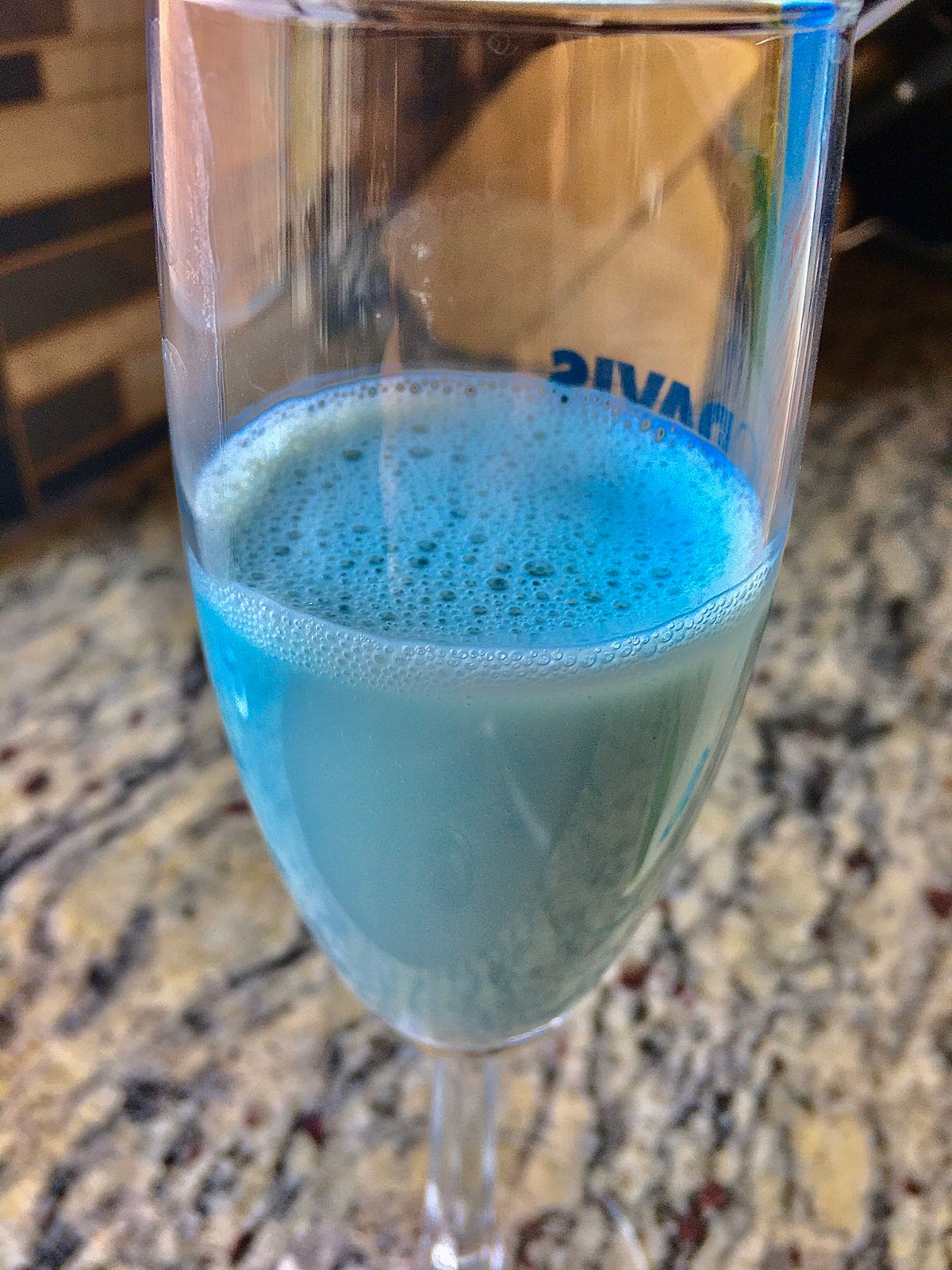Post-Doc Position available in Ecology of Emerging Infectious Disease
The Epicenter for Disease Dynamics at the One Health Institute in the School of Veterinary Medicine at UC Davis is seeking a post-doctoral researcher interested in the impacts of environmental change on the epidemiology, ecology and evolution of zoonotic diseases. Activities will focus on a new National Science Foundation Ecology and Evolution of Infectious Diseases project “Impacts of Rapid Landscape Change and Biodiversity on Virus Host Specificity”.
Primary responsibilities relate to both theoretical and data-informed modeling of virus evolution and transmission across landscape changes in Southeast Asia. This is a 3-year post-doctoral position, expected to begin January 2022 based at UC Davis with opportunities for collaboration and co-mentorship across the PIs on this project including Christine Kreuder Johnson (UCD), Tierra Smiley Evans (UCD), Lark Coffey (UCD), Michael Boots (UC Berkeley), and Rebekah Kading (CSU).
Project Overview:
This study investigates the impacts of deforestation, landscape change, and biodiversity on virus characteristics that determine zoonotic potential, including virus “host plasticity”, which is the diversity of host species a virus can infect in nature. Findings from this research will contribute to ecological theory on the impact of environmental changes on microbial adaptation, with practical implications for management of ecosystems at high risk for pathogen spillover. Investigations will evaluate host range of bat-borne coronaviruses and mosquito- borne arboviruses (flaviviruses, alphaviruses and bunyaviruses) in the biodiverse tropical forests of Southeast Asia. Activities will include theoretical and computational modeling, underpinned by field investigations and in vitro experiments, to develop data and model driven insights into the role that mosquito vectors play in constraining or expanding virus host plasticity and genetic diversity. Characterization of bat-borne coronaviruses and host affinities in an ecosystem with SARS-CoV-related viruses will further inform on coronavirus evolution and emergence of zoonotic potential. This position will conduct research in a team science setting that is especially relevant to development of an evidence-base on the relationship between environmental change, biodiversity, disease outbreaks, and pandemics to underpin public policy.
65% SCIENTIFIC RESEARCH
- Contribute to designing field studies to investigate virus host plasticity, evolution and transmission across forest gradients in Southeast Asia;
- Develop methods and analyses to evaluate surveillance strategies to detect zoonotic pathogens at high-risk interfaces for disease emergence;
- Analyze metadata on emerging zoonotic diseases, high-risk human-animal contact, and ecological risk and conduct data analyses needed to train models for emerging disease prediction;
- Develop advanced analytical techniques and associated programming capabilities for infectious disease modeling, predictive frameworks, and social network analyses;
- Conduct independent research and produce high quality scientific manuscripts related to biosurveillance and the ecology of emerging infectious disease.
35% PROJECT IMPLEMENTATION
- Provide disease expertise, technical support, data analyses, and data-sharing tools for zoonotic disease prediction and biosurveillance projects;
- Provide epidemiologic expertise to field staff in other countries on study design, data collection, data management, data analysis and interpretation, and publication preparation;
- Contribute to regular summaries of surveillance data, assist in development of data collection and data management tools; and ensure open communication and coordination with international partners in project implementation;
- Travel to international field sites to work with field staff, participate in field activities, and attend scientific meetings as needed.
Skills needed:
Background in infectious disease epidemiology or disease ecology and strong quantitative skills in biostatistics, epidemiology, and mathematical modeling with knowledge of animal health and wildlife disease. Experience with statistical software including R and STATA, as well as ability to write code for programming, including Python. Experience conducting independent, applied scientific research on infectious diseases with a promising publication track record.
Education:
PhD in biology, ecology, epidemiology, or related life-science (required)
Application:
Please email cover letter and CV by September 30th to:
Tierra Smiley Evans, DVM, PhD and Christine Kreuder Johnson, VMD, PhD EpiCenter for Disease Dynamics | One Health Institute
School of Veterinary Medicine
University of California
Davis, CA 95616
530-752-1238
tsmevans@ucdavis.edu, ckjohnson@ucdavis.edu
NSF EEID_Post_Doc_Position.pdf



